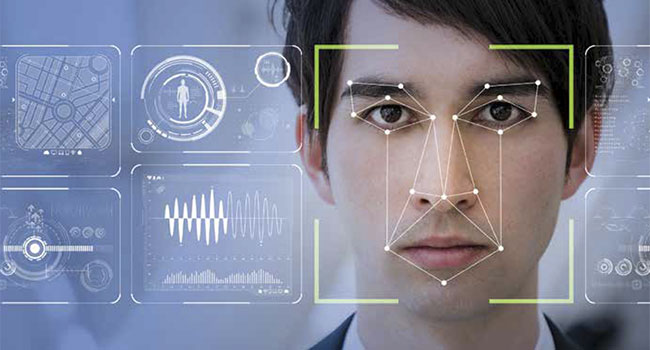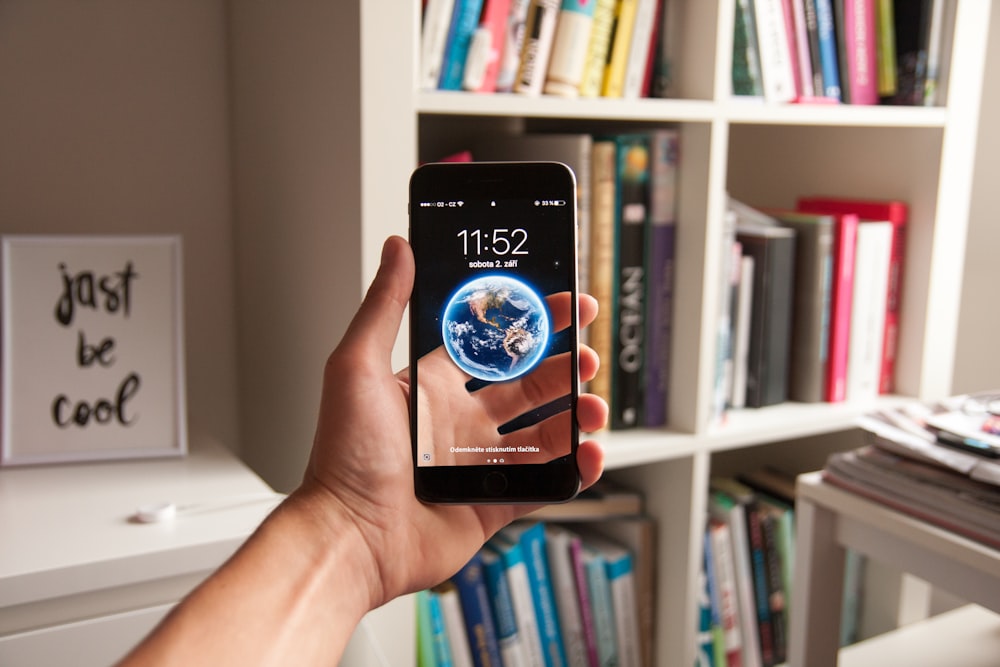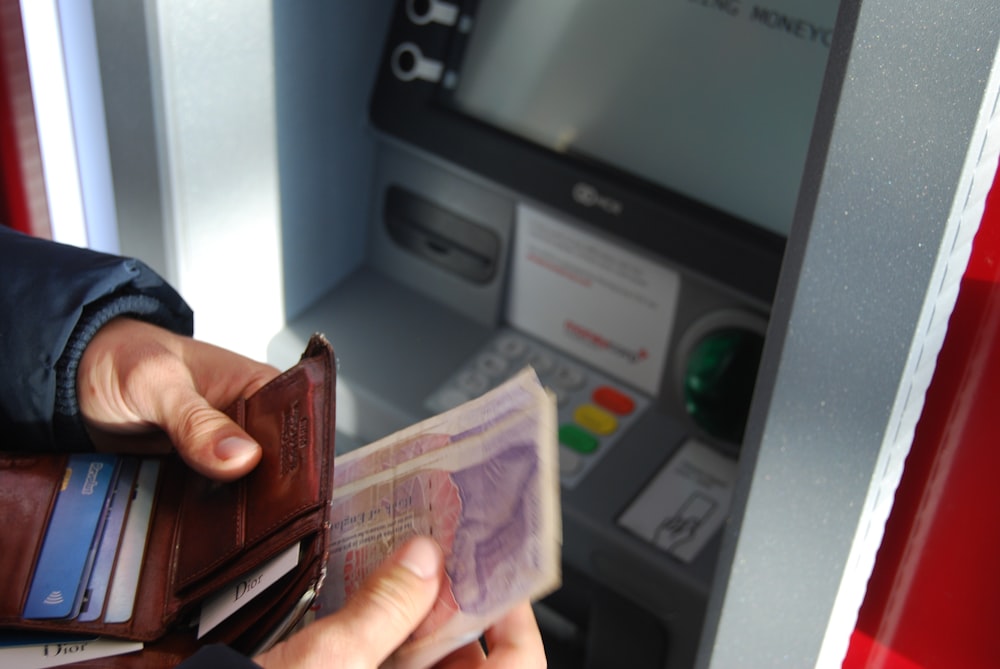Facial recognition technology has been around for decades. However, in recent years it has seen a more widespread adoption. Why? Artificial Intelligence (AI), advances in Deep Learning and faster systems for processing enormous amounts of data. It has helped the technology come closer to reaching its full potential.
Facial recognition in combination with AI, according to Statista has captured a market worth of $3.2 billion in the year 2019 and is expected to grow to an astounding $7 billion by the year 2024. Ever heard the expression “face says it all”? We are looking at a future where the face of a person will open bank accounts, clear security status, past activities or just simply buy parking tickets.
Even creative firms like, for instance any top mobile app design company, are aware of the power of facial recognition and often leverage the technology to create top tools for businesses, and even governments.
This has led to a higher accuracy and faster processing times. Now, governments and private companies are taking notice. The global market for facial recognition might reach $12.9 billion by the year 2027. And this is not just for safety and security; facial recognition software is starting to appear in retail, transportation, the hospitality industry and the banking industry.
But, what is facial recognition technology?
Facial recognition is a biometric tool. As with other commonly used biometric technologies like fingerprint recognition, iris recognition and finger vein pattern recognition. Facial recognition identifies a person based on specific aspect of their physiology.
Though the software can vary, the process of facial recognition tends to follow three basic steps:
Step 1:
First your face is captured with a photo or a video. It does not matter if you are alone or in a crowd, it can happen in real time.
Step 2:
The software then measures a variety of facial features called landmarks or nodal points on the face. These could include the distance between the eyes, the width of the nose, depth of eye sockets and distance from forehead to chin. Each program can use different nodal points and may collect up to 80 different measurements.
Step 3:
This information is then converted into a mathematical formula which represents your unique facial signature. That facial signature is then compared to a database of known faces. This can all happen in a matter of seconds.
Application Of Facial Recognition Technology
Facial recognition technology can be traced back to the 1960s. One early system developed by Woodrow Wilson Bledsoe classified photos by manually recording the coordinates of facial features. These include nose and mouth using an electronic stylus.
When a system was given a photograph of an individual, it could retrieve the images that most closely resembled it from a database. This is exactly how it works today as well, but the processing power has increased leaps and bounds.
Safety and Security
It doesn’t matter if you’re operating an informative resource on digital marketing, or own a top mobile app for your business, safety of confidential information is non-negotiable. While the advancements in technology has sought to utilize the facial recognition technology is a more secure way.
A significant use of facial recognition technology is in the area of safety and security. Law enforcement agencies use it to fight petty crime. It helps locate missing people, prevent terrorist attacks, and even uncover local criminals.
Security checkpoints at airports worldwide are increasingly using such technology to protect flyers. It is also used to identify criminals trying to enter the country. The department of homeland security also uses facial recognition to find people who have overstayed their visas or who arrive under criminal investigation.
Retail Stores
Retail stores are using this technology to generate data on customers, tracking their shopping habits and targeting in-store adverts.
Churches And Schools
Churches are even using facial recognition to monitor attendance and one school in the UK wants to use it to keep tabs on teachers.
China Is Taking This Even One Step Further
In China companies have access to government image database of 700million people, which is half of China’s population. Security system has widely used this technology. They are also using it to let people pay in fast-food restaurants, to access theme parks without having to buy a ticket and even bizarrely, to try and catch people who steal toilet paper from public toilets.
In Combination With Smartphone Technology
A lot of phones that utilize facial recognition will prompt you to move your face around when you setup the facial identification system in order to know what you look like from different angles. Other systems utilize 2D and 3D technologies to map a 2D image of your face onto a 3D model to calculate what you would look like from different angles.
Computers measure these factors down to scales even smaller than a millimeter in order to generate a “faceprint”, which as the name implies is basically a fingerprint but for your face. And these faceprints have become incredibly accurate. Now image the practical implications when casting your vote to choose a president or the ATM machine recognizing you as an account holder because the database has stored the facial ID.
These faceprints are able to correctly identify people with a near 100% accuracy, not only this these systems are able to detect minor differences in identical twins.
Banks And Governments
As the technology has improved it has become more widespread, the possibilities for its uses have grown as well. Right now, we use facial recognition every day for things, like phone security but the technology is seeing more serious employment from important organizations like banks and even governments.
In Japan, some banks are looking at implementing facial recognition technologies into their ATMs as a security measure for the verification of transactions. In the US important government agencies like ICE and FBI are using facial recognition to create databases from existing documents like driver’s licenses.
The Future is Now
Whatever the use, we know that this technology is becoming more and more present in our lives. It doesn’t look like that will be stopping any time soon. On the contrary people have just stared to understand the technology, and we can only imagine the potential it holds.
So, as is the case with all things, it’s important that we stay educated and informed about these technologies. After all they are learning as much as they can about us.
If you want to talk or learn more about AI visit Chillwall AI an Emotion AI company. It uses artificial intelligence to understand your emotions to help you plan your day via virtual assistants. Check these useful interesting articles on traveling and destinations.
By Sami E. & Jyoti Khatri
Sami E. is a Digital Marketing Strategist at CMOLDS iOS app development services in the US. Having worked on multiple online brands throughout his career with an expertise in content marketing, email marketing, lead generation, and conversion rate optimization.
Jyoti Khatri writes for Chillwall AI on fun events, fitness, lifestyle near me and around the world.






